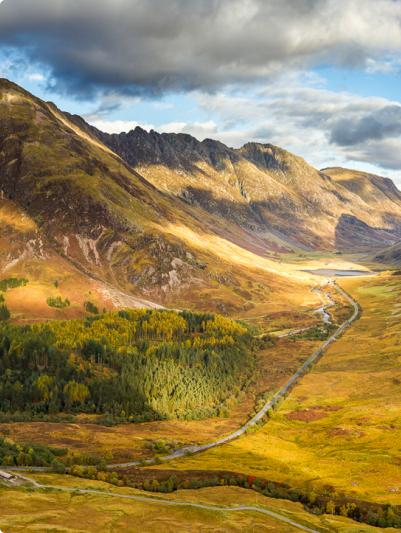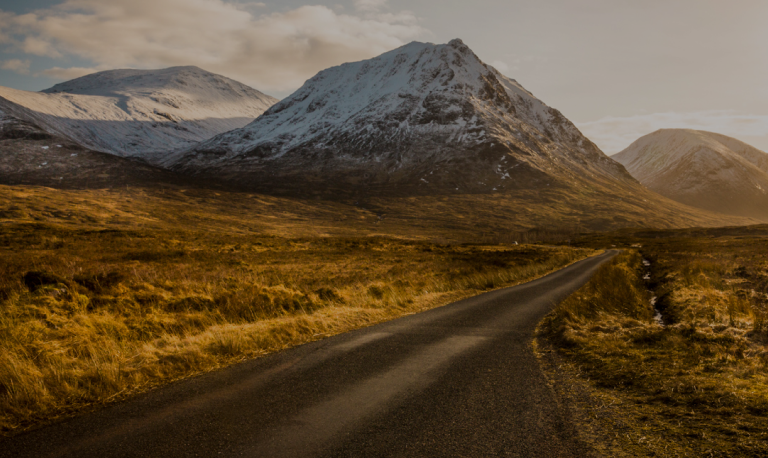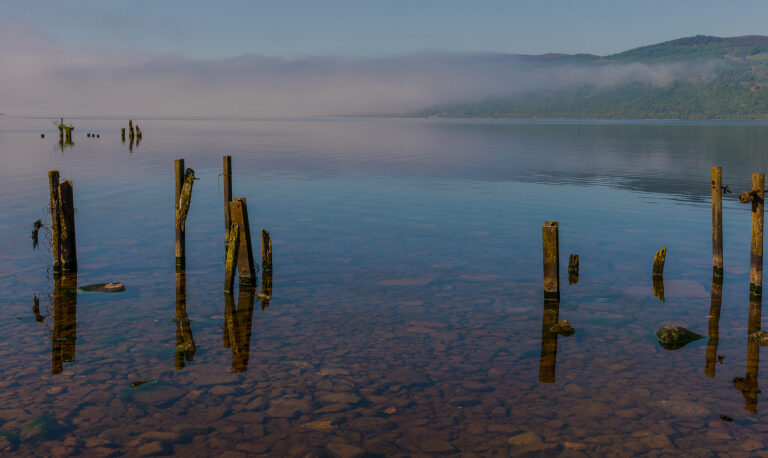Where Scotland Meets Scandinavia: A Shetland Self-Drive Holiday
Located 598 miles north of London and 301 miles from Edinburgh, it’s little wonder that some people consider the remote archipelago of Shetland a bit of a mystery.
It’s certainly true that Shetland is quite unlike anywhere else in the British Isles: the ponies roam free, the landscape is strangely treeless, and there is an abundance of wonderful and unusual wildlife. However, what surprised me most was how easy it was to travel to, and around, Shetland on a self-drive holiday.
During my short time here I visited six islands, unearthing the fascinating history of the most northerly inhabited islands in the UK. With 1,697 miles of amazing coastline, Shetland certainly boasts spectacular scenery which is dotted with an abundance of wildlife, flora, and plenty of other historic treasures.
View this post on Instagram
Strong Norwegian Influence
Even though Shetland has been part of Scotland for more than five centuries, the link with Norway can still be felt today. The most obvious indicator is the modern architecture, as the growing number of timber-framed houses echo a Scandinavian style, predominantly through the use of bright colour.
Another obvious mark is in Shetland’s culture and dialect. Shetlandic, or Shetland dialect, could be described as Old Scots with a strong Norse influence. It’s a ‘waageng’ (aftertaste) of Norn – an extinct North Germanic language spoken in Shetland until the 18th century.
Culturally, the affinity with Norway is represented in the flag with a white Nordic cross on a blue background, symbolising the historical and cultural tie with Scandinavia. For those interested in Shetland’s heritage, a must-visit is Shetland Museum, located in the capital of Lerwick.
Shetlanders come together to celebrate their Norse heritage every year at the 24-hour ritual known as Up-Helly-Aa. Held on the last Tuesday of January, this unmissable event is the largest fire festival in Europe and takes all year to plan and prepare for! It includes almost 1,000 heavily-disguised men dressed up as Vikings who carry lit torches and take part in the procession through the town, passing over 5,000 spectators.
View this post on Instagram
Top Secret Operations
The historical importance of the link between Norway and Shetland is rather heroic and dates back to the Second World War when a clandestine fleet of Norwegian fishing boats were used to support the Norwegian resistance against the Nazi occupation.
This secret operation was known as the ‘Shetland Bus’ and operated out of Lunna, 30 miles north of Lerwick. The Shetland Bus not only provided equipment to the Norwegians but also an escape lifeline for refugees and fugitives in order to continue the fight for a free Norway. The amazing feats of endurance and courage performed during this operation can be read about at the Scalloway Museum.
View this post on Instagram
Island-Hopping Adventures
The Shetland archipelago comprises about 300 islands and skerries, of which 16 are inhabited. With ferries crossing to Bressay, Fair Isle, Fetlar, Foula, Out Skerries, Papa Stour, Mousa, Unst, Whalsay and Yell, you will be spoilt for choice as each one has something unique to offer. The ferry services are fast and frequent which makes hopping between the islands a pleasure.
If you fancy admiring Shetland from a different angle then jump on one of the inter-island flights. From Tingwall Airport you can fly directly to Fair Isle, Foula and Papa Stour – be sure not to blink as it only takes ten minutes to get to Papa Stour!
View this post on Instagram
Travel Back in Time
Jarlshof has been described as “one of the most remarkable archaeological sites ever excavated in the British Isles”. This Prehistoric settlement will transport you back 4,000 years ago to the lives of those who once lived here. Walking through the site you will discover various different treasures of such human history with their own individual stories to tell. Visit the Iron Age broch and wheelhouses, which amazingly survive despite the sea’s best efforts to wash them away.
The Isle of Mousa is home to Mousa Broch – another impressive prehistoric building that attracts many visitors each year. One of the best-preserved prehistoric structures in Europe, Mousa Broch dates back to the Iron Age and is the tallest of all the remaining brochs in Scotland.
Crafts & Creativity
Shetland is becoming an increasingly popular place for artists and craftspeople to relocate to from the British Mainland. The rich environment inspires an incredible variety and depth of talent translated into magnificent art, which can be admired on every corner of every island.
The Shetland Arts & Crafts Association recently created the Craft Trail – a fantastic route which will guide you around the whole of Shetland. The trail stretches from the very top of Unst to Fair Isle in the south. Following the craft trail will allow you to not only visit craft workshops and open studios all over the islands but also the chance to meet the artists who are part of this impressive, growing and creative community.
My favourite stop on this trail was without a doubt Nielanell – a knitwear studio located in Hoswick, just 20 minutes drive south of Lerwick. Be warned, if you try a piece on it will be very difficult to resist the temptation to buy it!
View this post on Instagram
Wonderful Wildlife
Shetland’s epic coastline features impressive sea cliffs which are bursting with wildlife such as seals, puffins, gannets and whales. From March onwards, the wildlife booms as millions of shags, cormorants, gulls, skuas, auks and waders swarm the islands, preparing for the breeding season.
The Noss National Nature Reserve is home to an extraordinary range of nesting birds. During spring and summer you will be spoilt as gannets, guillemots, fulmars and kittiwakes take over the cliffs.
The Hermaness Nature Reserve is located on Unst, an island that offers a vast number of reasons to visit. It is not only the most northerly inhabited island in the UK, but it is also home to the nature reserve where, at certain times of the year, you will find the cliffs packed with gannets and puffins.
The reserve is also home to specialised plants which are quite fascinating as they have adapted to survive on the rare serpentine rock the island is made up of. These include Edmondson’s chickweed which cannot be found anywhere else in the world.
View this post on Instagram
St Ninian’s Isle
Shetland has been on my bucket list since visiting Orkney at the age of 11, but what helped it get to the very top of my list was the spectacular photos I saw of St Ninian’s Isle. This is the largest shell-and-sand-tombolo in Britain and is surrounded by emerald waters.
The draw to this landmark is not only thanks to the novelty of walking over the tombolo but the fact that you can walk to the ruins of a 12th-century church where a famous hoard of silver Pictish treasure was found.
The circular walk offers spectacular cliff scenery and the opportunity to feel removed from the mainland in just a few steps! St Ninian’s Isle cannot be missed. If time is of the essence – admiring the view of the tombolo from the car park is absolutely worthwhile in itself!
View this post on Instagram
Discover Shetland
Shetland’s unique blend of Scandinavian houses splattered across a rugged Scottish landscape makes it a very special and unique place to visit. Where else in Scotland can you spot such an abundance of wildlife and discover more than 4,000 years of history all in one day?
View this post on Instagram
Caitlin Richmond
P.S. If you’re inspired to experience Shetland for yourself, Absolute Escapes offer award-winning tailor-made travel in Scotland. Why not combine Shetland and Orkney for a true island escape, or incorporate Shetland into the North East 250 – a memorable road trip through the wonderful north eastern corner of Scotland. If we can help you plan an unforgettable trip to Scotland, please do not hesitate to get in touch.


